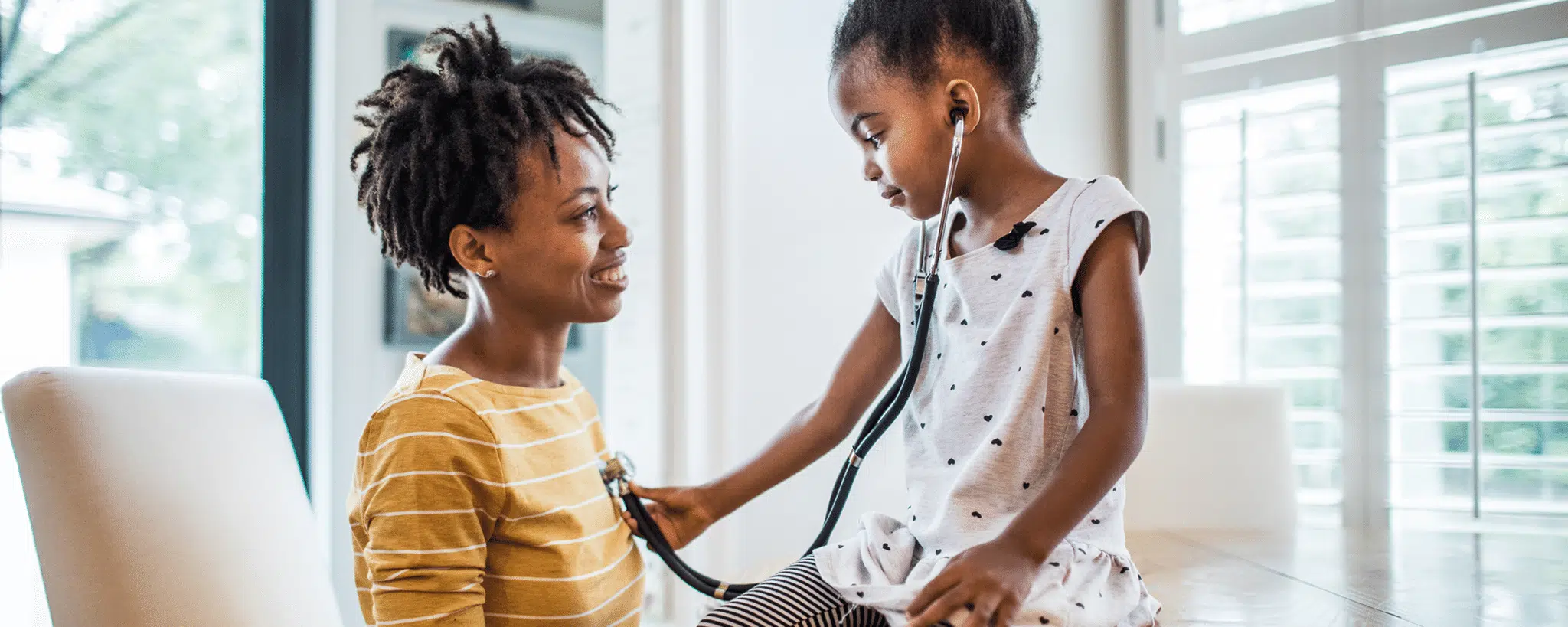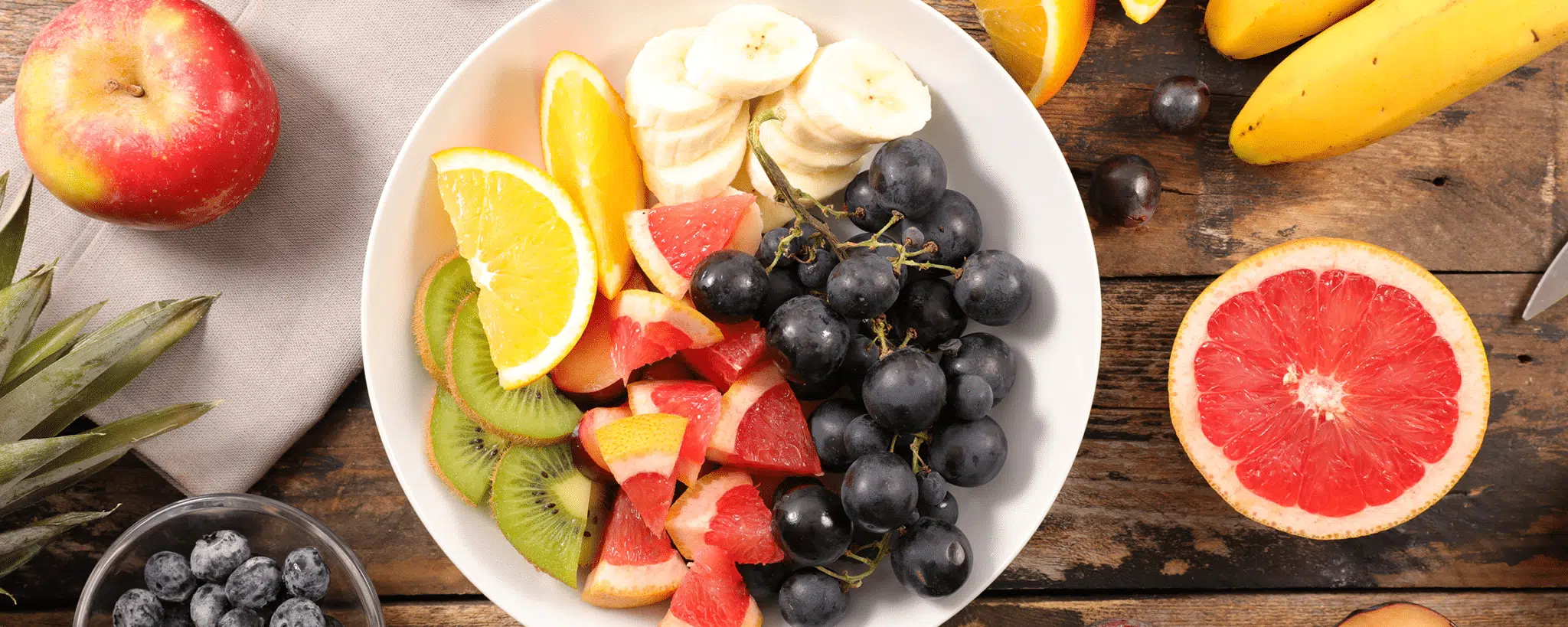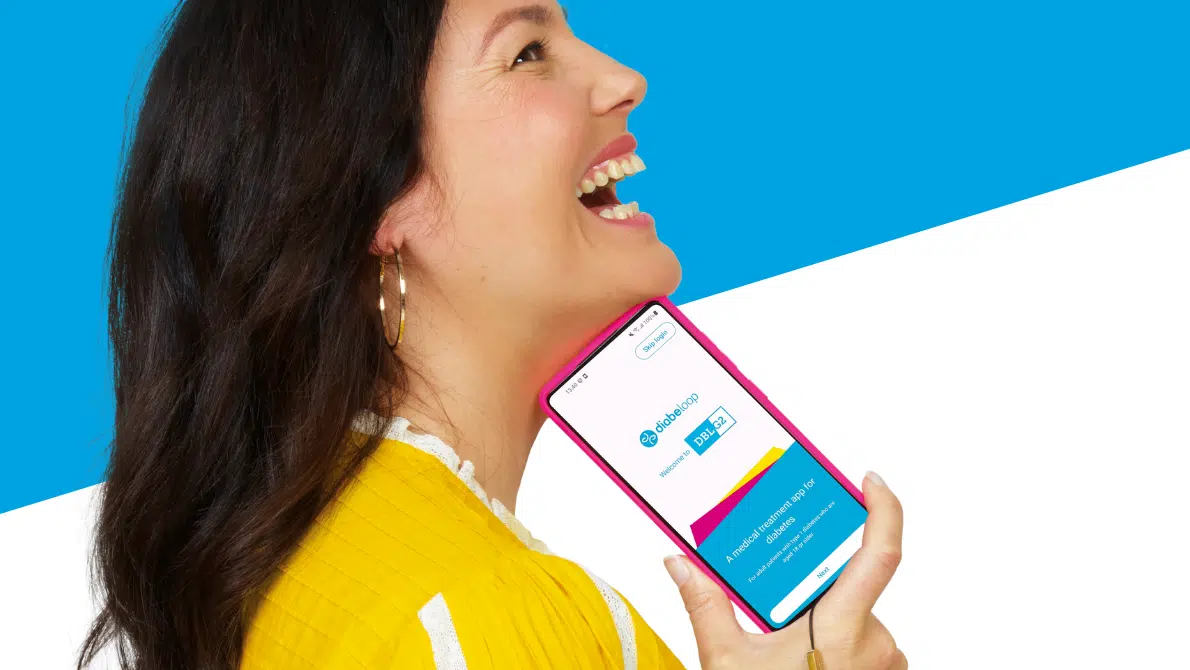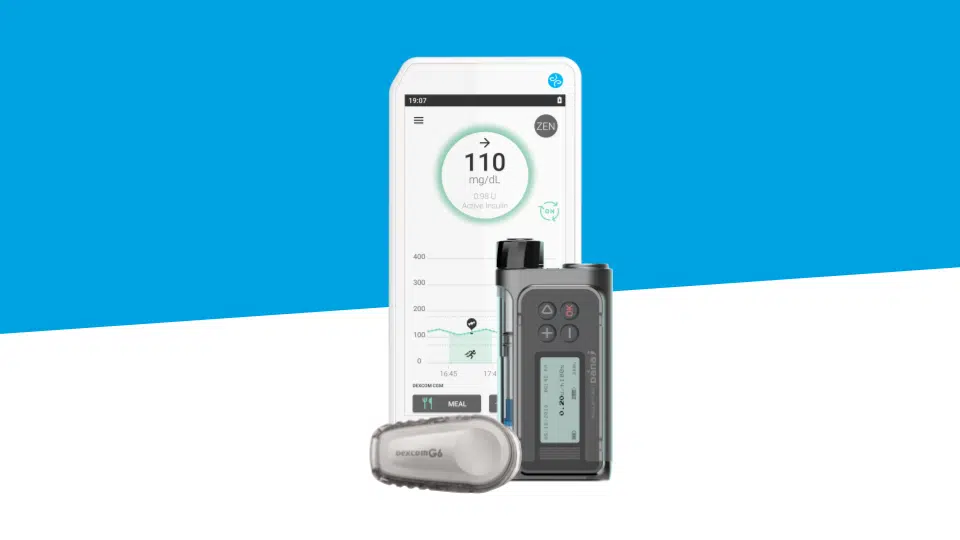
Day of Women and Girls in Science: zoom on Dr Lois Jovanovič and Yousra Tourki from Diabeloop
February 11th is International Day of Women and Girls in Science. On this occasion, we wanted to talk to you about women who marked or are marking the history of Type 1 diabetes.
Dr Lois Jovanovič : Type 1 diabetes is a family thing
Have you ever heard of Dr Lois Jovanovič? If you are a woman living with Type 1 diabetes and that you have a complication-free pregnancy, you should know that it is in great part thanks to her!
In 1922, Jovanovič’s paternal grandmother, who lives with Type 1 diabetes, hears about Dr Frederick Banting and the treatment of a young boy with insulin. Though only 8 years old, she writes to Dr Banting to request the same treatment, and goes on to live long enough to give birth to a son, living with diabetes as well.
With this family history, young Jovanovič promises that, “when she grows up”, she will cure diabetes. After her second pregnancy and some complications, Jovanovič is diagnosed with Type 1 diabetes, like her father and grandmother.1
Balanced blood sugar for a healthy pregnancy
In 2005, Jovanovič told The Lancet2 : “There were several absolutes in the field when I started: Type 1 women were told not to get pregnant, to get their tubes tied, or to consider having a therapeutic abortion”.
In fact, in the early 80s, doctors are convinced that diabetes itself causes complications during pregnancies.
Confident that there is more to the story, Jovanovič develops a protocol for constant monitoring of blood sugar levels and a strategy to keep them stable in pregnant women.
A first trial on 10 pregnant women living with Type 1 diabetes sees the birth of 10 perfectly healthy babies.
“Proving that it was hyperglycaemia and that normoglycemia normalized the outcome of pregnancies complicated by diabetes was a real coup.” recalled Jovanovič in The Lancet.
Read also: Diabetes and pregnancy: potential risks and complications
The “Pocket Doc”, ancestor of the artificial pancreas
And Dr. Lois Jovanovič doesn’t stop there: after revolutionizing the management of women with T1D, she continues her career as an endocrinologist by inventing the “Pocket Doc”, a sort of ancestor of the artificial pancreas, in 1985.
This device looks like a scientific calculator, and for a reason: it is in fact a calculator, reprogrammed to be able to calculate glycemic boluses.
At startup, you need to enter your name, weight, gender and insulin sensitivity.
For meal boluses, all you have to do is measure your blood sugar, enter the value in the POcket Doc, and it will indicate, with a precision of one decimal, the number of units of insulin to inject, from the following formula (caution for non-scientists: risk of headaches):
|
This device was a true revolution, at a time when finger pricks were just starting to replace urine tests!3If you feel an hypo- or hyperglycemia coming during the day, you can also ask the Pocket Doc if you should be taking rescue cards or doing a micro-bolus.
Yousra Tourki: a woman in science at Diabeloop
Yousra is in charge of the algorithm teams at Diabeloop, she is passionate about applied mathematics. After starting her career at Air France KLM, she wanted to apply her knowledge in the medical sector to the benefit of people living with diabetes: “On this international day of women and girls in science, I would like to talk about how important it is to highlight women role-models who have marked scientific developments. This allows young women to have models they can identify with and to imagine their future. And especially in the digital sector, where we now have Artificial Intelligence algorithms that are going to be more and more present in our everyday life, in different areas. If we want the developments to answer women’s needs as well as men’s, it is of the utmost importance that the teams that conceive these Artificial Intelligences be as mixed as possible. A study done by BCG Gamma, specialized in creating algorithmic solutions, estimates that women currently make up 15% of the world’s data scientists4, so we are very far from it.
In my associative activities, in particular with l’Association de Quelques Femmes du Numérique! we put forward portraits of women in the digital industry for young girls to see, in order to contribute to the destruction of stereotypes which today discourage our young girls from following technical courses. It is urgent to overcome this shortfall through a mobilization of all, whether on a personal or national scale.”
Sources
- https://www.nytimes.com/2018/09/28/obituaries/dr-lois-jovanovic-dead.html
- https://www.thelancet.com/journals/lancet/article/PIIS0140-6736(05)67682-9/fulltext
- https://peter-hung.com/2013/10/pocket-doc-insulin-calculator/
- https://media-publications.bcg.com/Whats-keeping-women-out-of-data-science-bcg-gamma.PDF
- https://www.healthline.com/diabetesmine/great-women-in-diabetes-history#7







